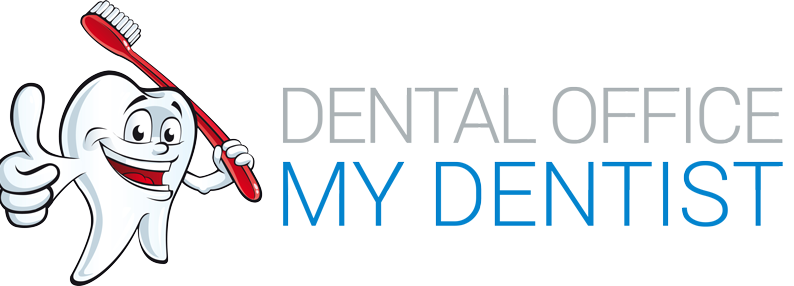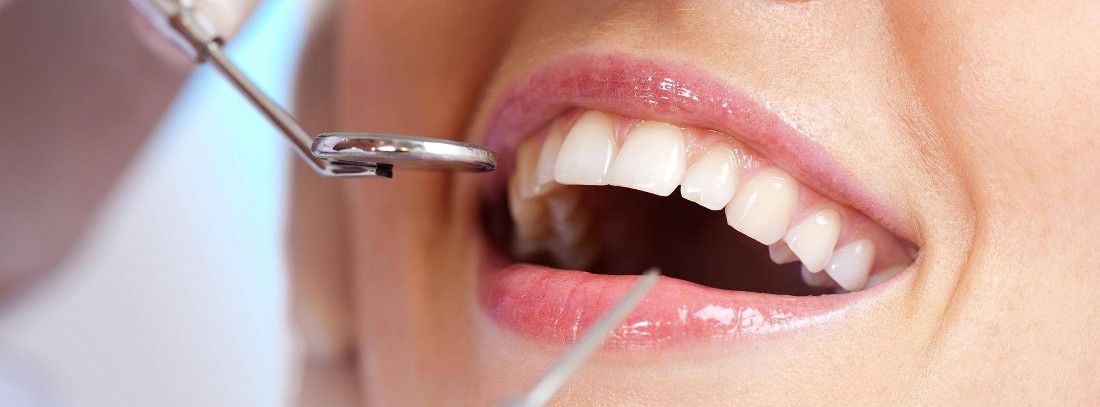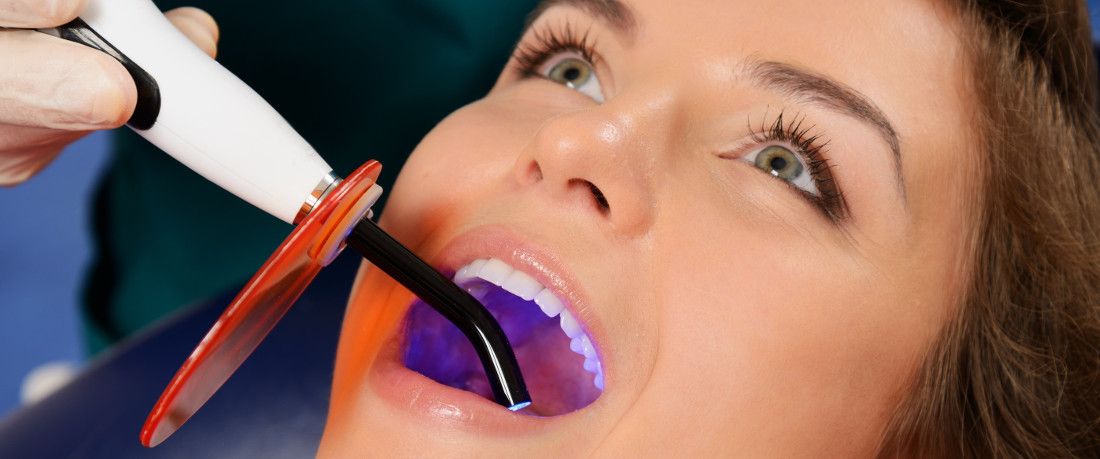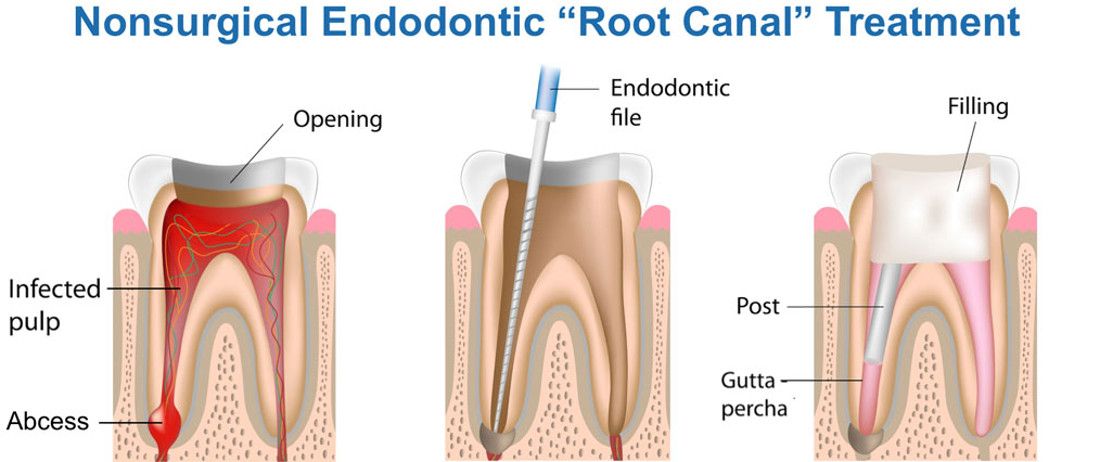The teeth that have been extracted due to caries complications, parodentopathy or have been lost due to injury in the facial area and the jaw can be recovered with dental prosthetics. Depending on the situation, we can create fixed and mobile prosthetic works in the mouth.
The fixed dental prosthetics work can be separate Crowns or Bridges that can compensate more teeth. Individual Crowns can be made of metal and ceramics or non-metal Crown that is cemented at the existing earlier grinded teeth.
Non-metal Crowns are aesthetic compensation, with which an excellent aesthetic is achieved. The making of the dental prosthetics is from ceramics and can fully imitate the natural tooth, which is almost like the natural one. In cases where we place non-metal Crowns, the removal of the teeth substance is lower then the metal-ceramics Crowns, but the aesthetic is much higher. The materials that are used for the creation of the non-metal crowns are extremely resistant, and at the same time light and transparent, like the natural tooth.
Metal ceramic Crowns are in use in dental practice for a long time. Their base is made of metal, covered with layers of ceramic. They are resistant and long lasting, and excellent aesthetic can be achieved by use of metal ceramic crowns.
Dental Bridges are fixed prosthetic that are replacing missing teeth, depending of dental situation, number of extracted teeth, and condition of remaining teeth. They can be metal ceramic or zirconia dental Bridges. Metal ceramic have metal base with layers, are log lasting and with excellent aesthetic. Zirconia Bridges have zirconia as base with ceramic layers. Zirconia is alloy with extraordinary mechanical properties, hi durability and strength, white color and allows great aesthetic
Mobile dental prosthetics compensation, dentures, are used in situations when, for some reason, is not possible do make Bridges, due to large number of extracted teeth, large spaces between remaining teeth, bad quality of remaining teeth, cavity and its complications or parodontopathy.




